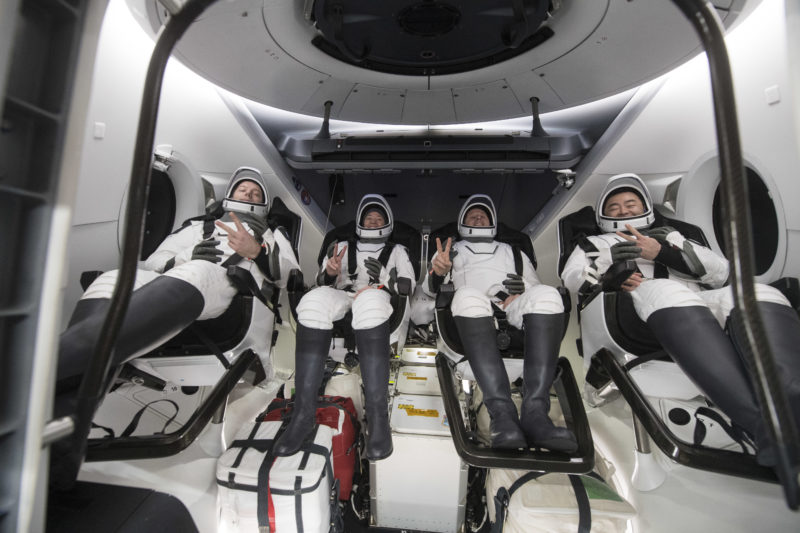
The International Space Station (ISS) will temporarily play host to just three humans—two Russian cosmonauts and a single U.S. astronaut—for the next few days, following Monday’s departure and splashdown of Dragon Endeavour and the conclusion of the Crew-2 mission.
Seasoned NASA astronauts Shane Kimbrough and Megan McArthur, together with Frenchman Thomas Pesquet of the European Space Agency (ESA) and Japan’s Aki Hoshide, undocked from the station’s Harmony node at 2:05 p.m. EST and completed a parachute-aided splashdown in the Gulf of Mexico, off the coast of Pensacola, Fla., a little over eight hours later at 10:33 p.m. They wrapped up 199 days, 17 hours and 43 minutes in flight, completed 3,194 orbits of Earth, welcomed or bade farewell to multiple visiting vehicles and supported four sessions of Extravehicular Activity (EVA) from the station’s Quest airlock.
“We’re happy to have Shane, Megan, Aki and Thomas safely back on Earth after another successful, record-setting long-duration mission to the International Space Station,” said NASA Administrator Bill Nelson. “Congratulations to the teams at NASA and SpaceX who worked so hard to ensure their successful splashdown. NASA’s Commercial Crew Program continues to demonstrate safe, reliable transportation to conduct important science and maintenance on the space station.”
With last night’s splashdown, this veteran spacecraft—which previously executed the historic Demo-2 mission with NASA astronauts Doug Hurley and Bob Behnken in the summer of 2020—has now totaled over 263 cumulative days in space. Launched on 30 May 2020, Endeavour was so named by Hurley and Behnken in honor of the first shuttle they flew in their astronaut careers.
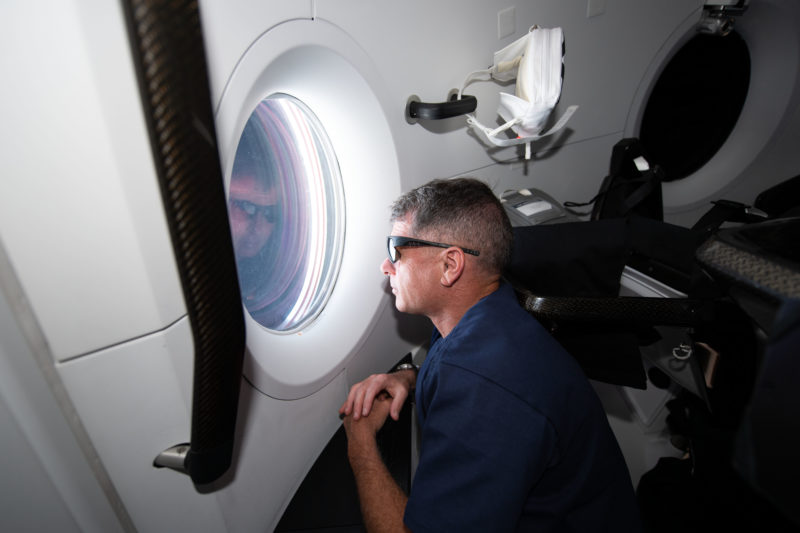
They spent almost 64 days in space, of which 62 were spent living and working on the ISS with Expedition 63 Commander Chris Cassidy and his Russian crewmates Anatoli Ivanishin and Ivan Vagner. And following Endeavour’s smooth return to Earth the following 2 August, she was put back into processing for her second flight, delivering Crew-2 to the station for a full-duration ISS increment.
Interestingly, Kimbrough, McArthur, Hoshide and Pesquet were named to Crew-2 in late July 2020, whilst Endeavour was still in space and only days before Hurley and Behnken returned home. Although all four Crew-2 astronauts had flown before, McArthur was alone among them in having never previously visited the ISS; her first flight was STS-125, the final shuttle servicing mission to the Hubble Space Telescope (HST).
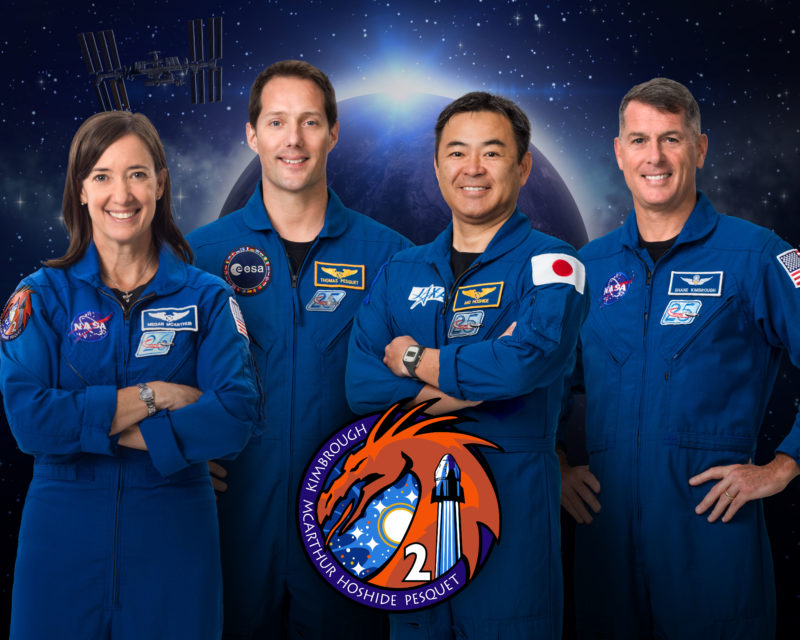
They launched atop a previously-flown Falcon 9 booster from historic Pad 39A at the Kennedy Space Center (KSC) in Florida at 5:49 a.m. EDT last 23 April and following a day-long rendezvous Endeavour docked autonomously at the forward-facing port of the station’s Harmony node at 5:08 a.m. EDT on the 24th.
After docking, the hatches were opened and the new arrivals were welcomed by Expedition 65 Commander Shannon Walker and her six crewmates: fellow U.S. astronauts Mike Hopkins, Victor Glover and Mark Vande Hei, Japan’s Soichi Noguchi and Russian cosmonauts Oleg Novitsky and Pyotr Dubrov.
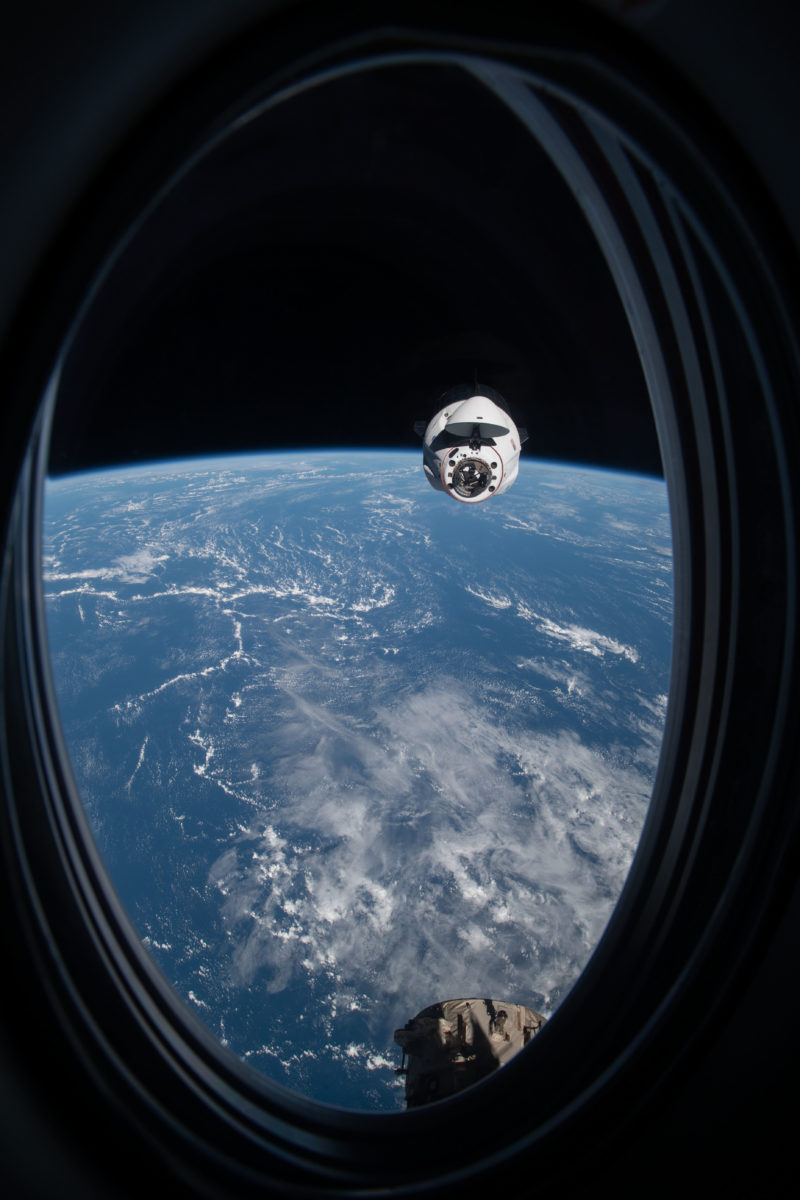
A few days later, Walker handed the baton of command over to Hoshide. Meanwhile, Walker, Hopkins, Glover and Noguchi departed the station aboard their Crew Dragon vehicle, Resilience, and splashed down safely in the Gulf of Mexico in the small hours of 2 May.
Hoshide led Expedition 65 until October, becoming only the second Japanese citizen in history to command the ISS. He handed the reins to Pesquet early last month, who became the station’s first French commander.
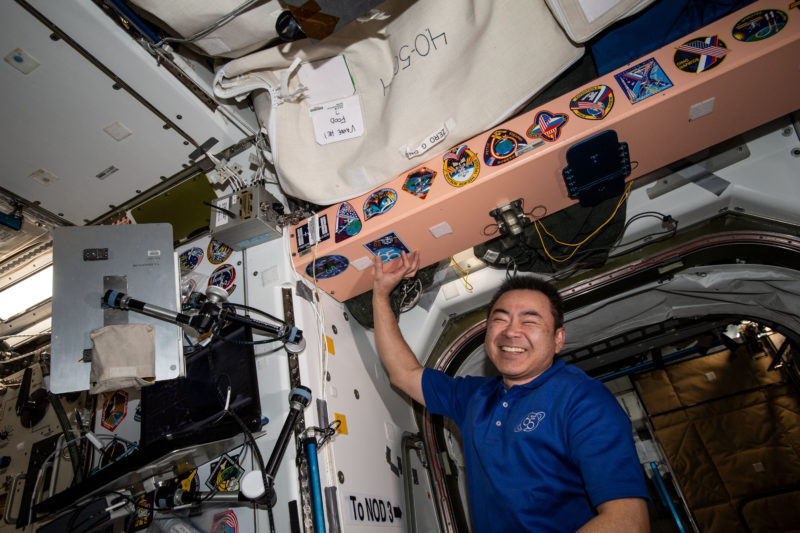
Thus began a fast-paced expedition for the seven-person Expedition 65 crew, with around 300 experiments which ran the gamut from life sciences to microgravity research and from technology development to materials processing. In early June, the crew welcomed SpaceX’s CRS-22 Cargo Dragon, laden with 7,340 pounds (3,880 kilograms) of equipment, payloads and supplies, for a month-long stay on the ISS.
Research focused upon the use of cotton to assess how roots affect the resilience of plants to stress, observations of bobtail squid to understand animal-microbe interactions and studies of peculiar extremophiles called “tardigrades” to understand complex biological survival mechanisms. The Cargo Dragon departed the station in early July, bringing home more than 5,300 pounds (2,400 kilograms) of payloads and experimental results in its pressurized cargo module.

CRS-22 also delivered the first pair of ISS Roll-Out Solar Arrays (iROSAs), part of an extensive overhaul and power upgrade of six of the station’s eight U.S.-built electricity-generating channels.
Efforts to install modification kits for the first set of arrays on the P-6 truss got underway earlier this year and over a nine-day period later in June Kimbrough and Pesquet completed three challenging spacewalks to install and deploy the two arrays onto Power Channels 2B and 4B. In wrapping up the third of these EVAs, Kimbrough established himself in joint sixth place on the list of the world’s most seasoned spacewalkers.
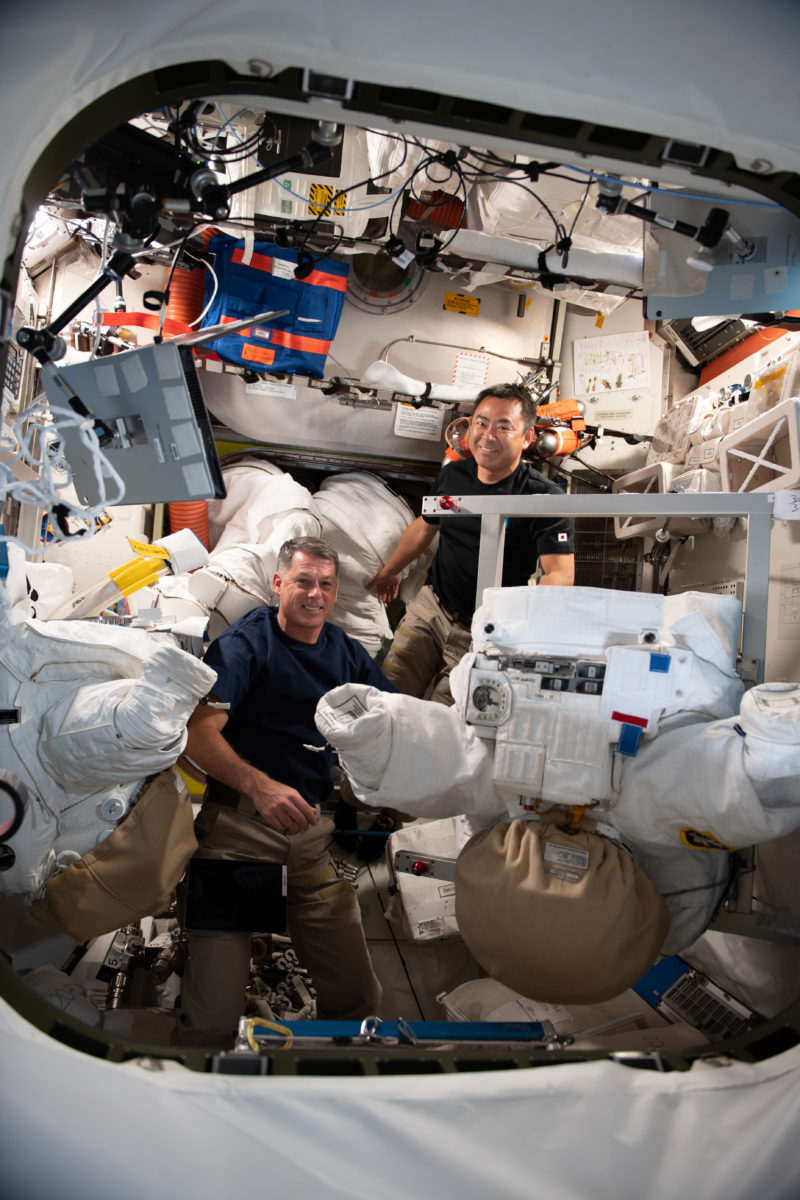
Another EVA in September was originally set to be performed by Hoshide and Vande Hei to install another iROSA modification kit onto the P-4 truss in readiness for another set of arrays next year. But Vande Hei suffered a pinched nerve in his neck, which initially caused the EVA to be postponed a few days and eventually Pesquet took his place.
This excursion marked the first time that a spacewalk in U.S.-built Extravehicular Mobility Units (EMUs) had been performed by two non-U.S. crew members. It saw Pesquet become the most experienced non-U.S. or non-Russian spacewalker and Hoshide slip into first place on the list of Japanese spacewalkers.
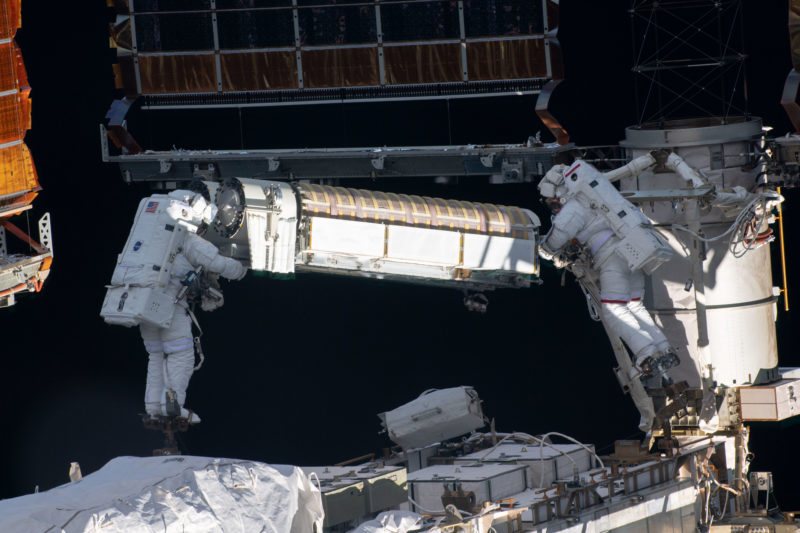
Two more U.S. cargo missions arrived in August and September. The first was Northrop Grumman Corp.’s NG-16 Cygnus—named for Challenger astronaut Ellison Onizuka—which ferried 8,200 pounds (3,700 kilograms) of supplies and experiments to the station, including the iROSA modification kit later installed onto the P-4 truss.
Cygnus currently resides at the Earth-facing (or “nadir”) port of the Unity node and is expected to be detached and deorbited later in November. The second was SpaceX’s CRS-23 Cargo Dragon, which lifted 4,800 pounds (2,200 kilograms) of payloads and supplies to the station and a month later brought home more than 4,600 pounds (2,100 kilograms) of research and other results.
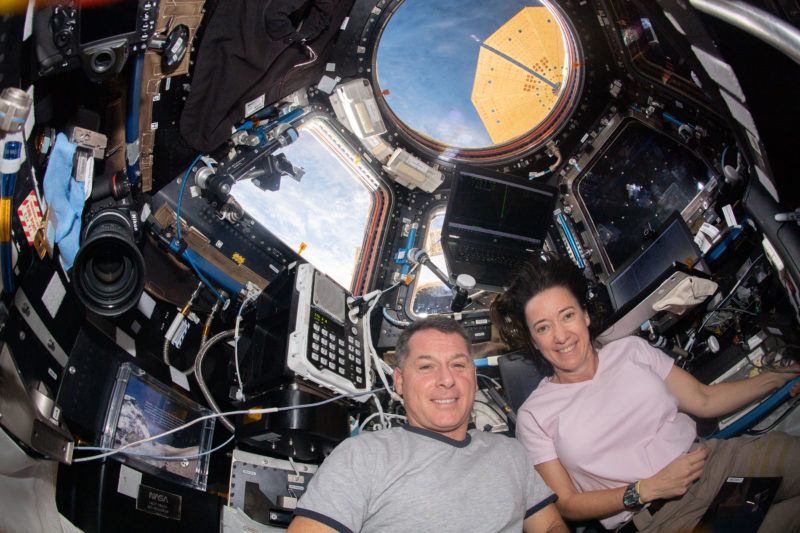
In addition to research and visiting vehicle operations on the U.S. Operational Segment (USOS), Kimbrough, McArthur, Hoshide and Pesquet played a significant role in activities on the Russian Operational Segment (ROS).
Notably, Russia’s long-delayed Nauka (“Science”) lab arrived at the station—though not without incident—in late July and Novitsky and Dubrov executed no fewer than three EVAs to prepare for its arrival, install handrails, route cables and complete its external outfitting.
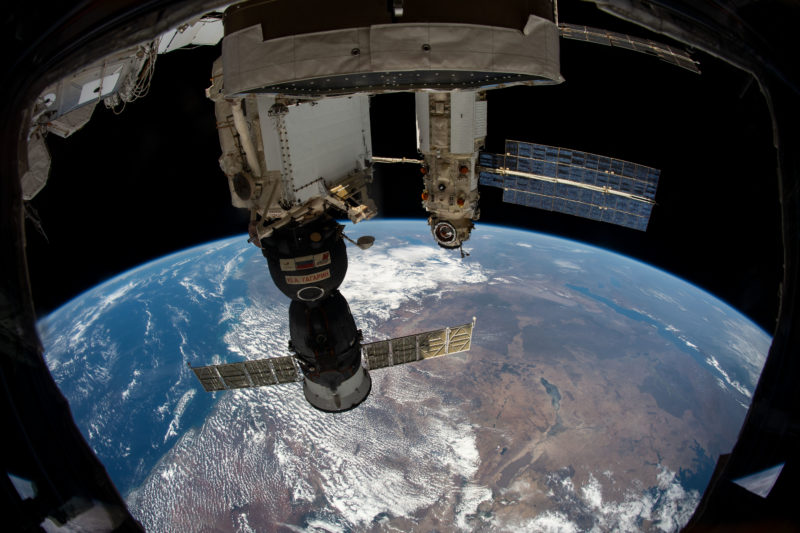
Two Russian Progress cargo ships were launched in June and October, whilst another pair left the ISS in April and July, one of them taking with it (and subsequently deorbiting) the long-serving Pirs (“Pier”) docking module after almost two decades as part of the space station.
Following the departure of Walker, Hopkins, Glover and Noguchi in early May, Expedition 65 remained a seven-strong crew until early October, when the Soyuz MS-19 spacecraft arrived with Russian cosmonaut Anton Shkaplerov and two Spaceflight Participants (SFPs): actress Yulia Peresild and film director Klim Shipenko. The latter pair were flying as part of efforts to film part of a movie, notionally titled “The Challenge”, and returned to Earth a little under 12 days later aboard the Soyuz MS-18 spacecraft, shoulder-to-shoulder with Oleg Novitsky.
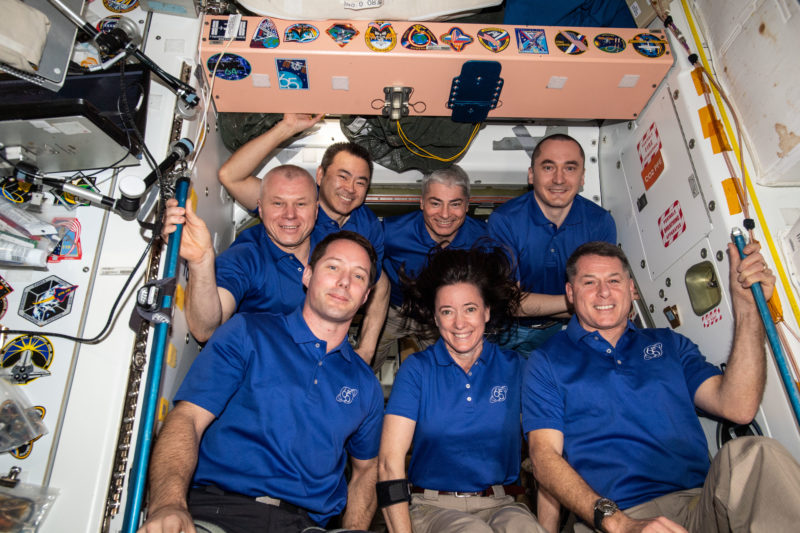
The need for Peresild and Shipenko to take the two return seats on Soyuz MS-18 had already necessitated an extension of Dubrov and Vande Hei’s stay in space to almost a full year. They will now return home late next March, after 355 days in orbit. This eventuality was not unexpected at the time of their launch last April and Vande Hei looks set to secure a new record for the longest single mission by a U.S. astronaut.
Original plans called for Dragon Endurance to launch Crew-3—NASA astronauts Raja Chari, Tom Marshburn and Kayla Barron, together with German ESA astronaut Matthias Maurer—in late October. This would permit a short period of “direct handover” on the ISS, before Kimbrough, McArthur, Hoshide and Pesquet returned to Earth in early November.
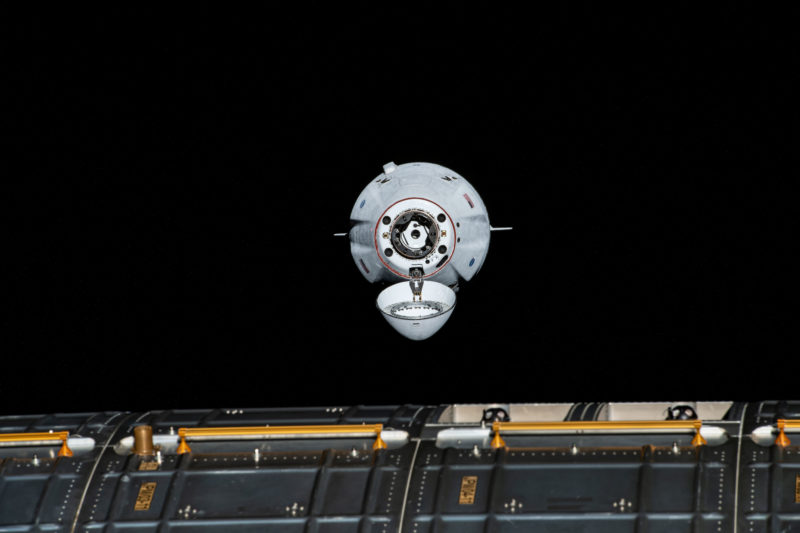
However, the Crew-3 launch has succumbed to delay over the past several days, due to the intractable weather in Florida and “a minor medical issue” which impacted one of the astronauts. In the meantime, the Crew-2 return date of Sunday, 7 November itself met with a 24-hour delay, when weather reviews highlighted unfavorable winds in the vicinity of the splashdown zone in the Gulf of Mexico.
Mission managers ultimately elected to prioritize the Crew-2 return on Monday, 8 November over the Crew-3 launch, which is now scheduled for no sooner than 9:03 p.m. EST Wednesday, 10 November, with docking at the station anticipated about 22 hours later at 7:10 p.m. EST on Thursday 11th.
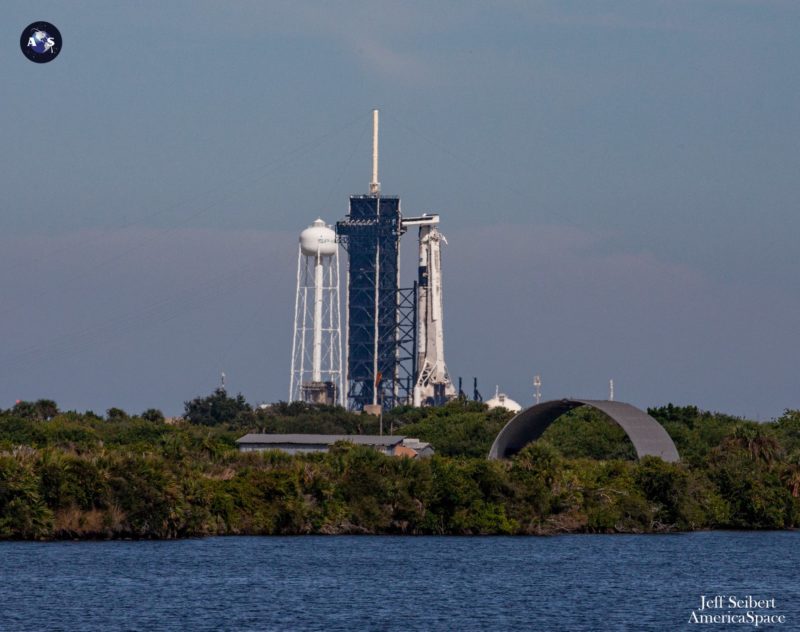
The inevitable consequence was that Kimbrough, McArthur, Hoshide and Pesquet would depart ahead of the launch of Chari, Marshburn, Barron and Maurer. And that would necessarily temporarily reduce the size of the Expedition 66 crew to Shkaplerov, Dubrov and Vande Hei.
In comments provided at a media teleconference last weekend, Ven Feng, deputy manager of the Commercial Crew Program at NASA’s Johnson Space Center (JSC) in Houston, Texas, noted that it represented “an unprecedented situation, switching from direct to indirect” and furnished its own unique set of challenges.
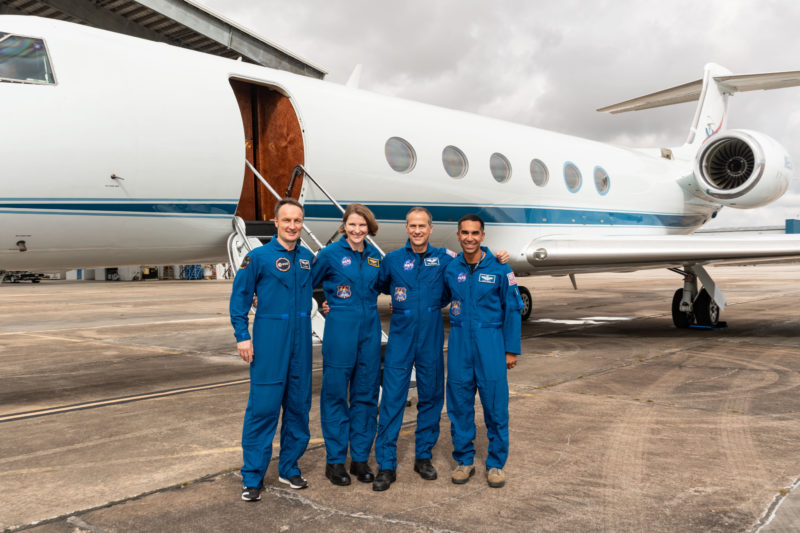
However, ISS Program Manager Joel Montalbano added that the program has prior experience with indirect handovers. Mr. Montalbano explained that—although Crew Dragon is certified to remain in space for a baseline of 210 days—a steadily worsening weather outlook in Florida as November wears on made it the optimum time to bring Crew-2 home.
In response to a media query, he added that the presence of Vande Hei on the station to continue a permanent U.S. presence during the “break” between the Crew Dragon handovers was “definitely helpful” when making the decision. Nowhere will the steady deterioration of the weather make itself more apparent than in planning for the Crew-3 launch, which has three back-to-back opportunities on Wednesday, Thursday and Friday.
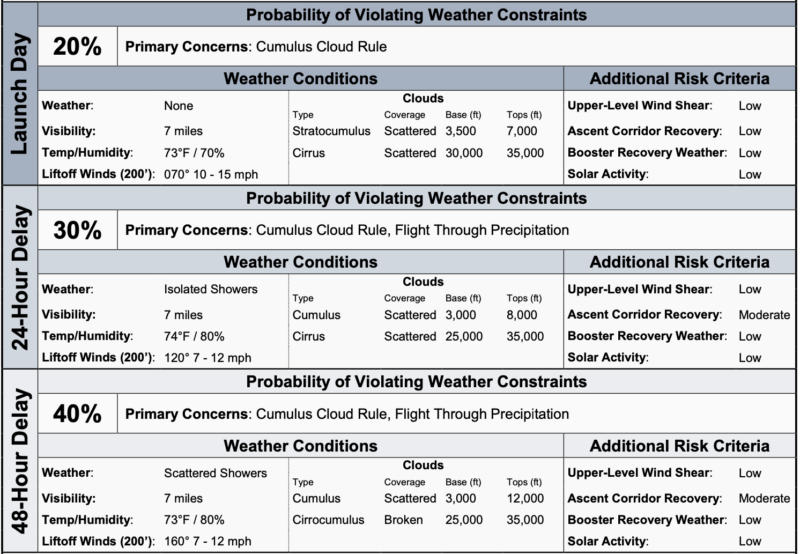
Following the anticipated movement of a high-pressure centered over the Ohio River Valley, the Spaceport is expected to remain dry and cool, with an 80-percent likelihood of acceptable conditions for Wednesday’s 9:03 p.m. EST launch attempt. But by Thursday, a deepening southeasterly flow is expected to bring a greater likelihood of rain, with a corresponding drop to only 70-percent-favorable, and the arrival of scattered showers offers a gloomier picture for Friday.
Early Monday, as the Crew-2 astronauts finished packing Dragon Endeavour for her return to Earth, McArthur excitedly tweeted that they were entering their 200th day in space. This makes Endeavour the new record-holder for the longest single flight undertaken by a U.S.-built crewed vehicle, surpassing the 167 days established by Dragon Resilience at the end of the Crew-1 mission in May.
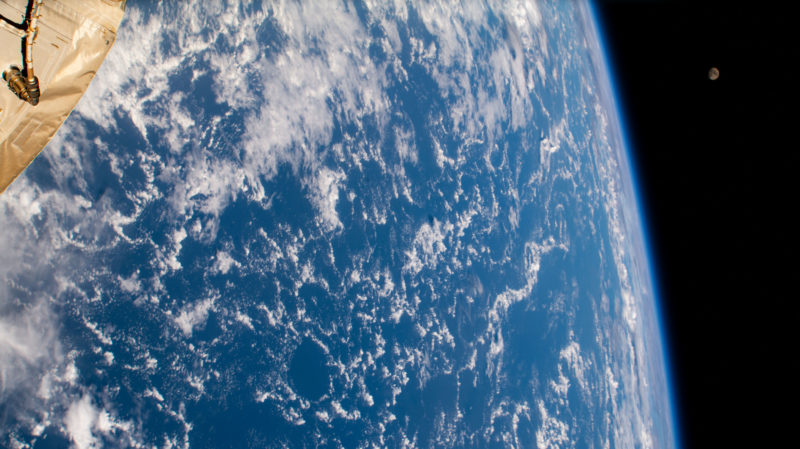
Returning from space after 199 days, the Crew-2 astronauts can take great pride in their mission, which spanned more than 6.5 months. Kimbrough, wrapping up his third spaceflight and second long-duration ISS increment, has now logged more than 388 cumulative days in orbit and over 59 hours of spacewalking experience in nine career EVAs.
McArthur completes her second flight with a personal total of 212 days, whilst Hoshide has spent 340 days in orbit over three missions. He is also Japan’s most experienced spacewalker, with more than 28 hours across four EVAs. And Pesquet has seized multiple records as his total of 396 days from two long-duration ISS stays positions him as the most experienced non-U.S. or non-Russian spacefarer, together with the greatest number of EVA hours of any European astronaut.




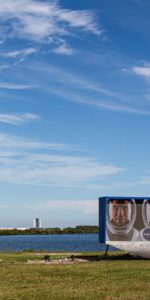
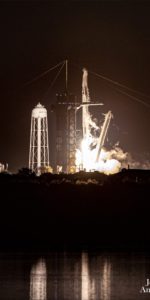
14 Comments
14 Pings & Trackbacks
Pingback:Bob & Doug’s Old Booster Restarts SpaceX’s East Coast Starlink Launch Campaign – AmericaSpace
Pingback:Bob & Doug’s Outdated Booster Restarts SpaceX’s East Coast Starlink Launch Marketing campaign – AmericaSpace - Technology News
Pingback:Watkins Assigned to Crew-4 Mission, As SLS Prepares to Roll – AmericaSpace
Pingback:CRS-24 Dragon Launches, Heads to Space Station – AmericaSpace
Pingback:SpaceX Completes Third Mission in Four Days, Pushes Starlink Count Towards 2,100 – AmericaSpace
Pingback:SpaceX Wraps Up Second Four-Launch Month, Looks Ahead to Crewed Missions – AmericaSpace
Pingback:SpaceX’s Launches Record-Tying Falcon 9, Looks Ahead to Busy March – AmericaSpace
Pingback:Moghbeli, Mogensen Named to SpaceX Crew-7 Mission - AmericaSpace
Pingback:First Axiom Mission Completes FRR, Aims for 3 April Launch - AmericaSpace
Pingback:Transporter-4 Kicks Off Ambitious April for SpaceX - AmericaSpace
Pingback:First All-Private Mission Flies, Heads for Space Station - AmericaSpace
Pingback:Ax-1 Crew Arrives Safely at Space Station - AmericaSpace
Pingback:Crew-4 Aims for Pre-Dawn Wednesday Launch to Space Station - AmericaSpace
Pingback:Crew-3 Returns Home, Wraps Up Six Months on Space Station - AmericaSpace